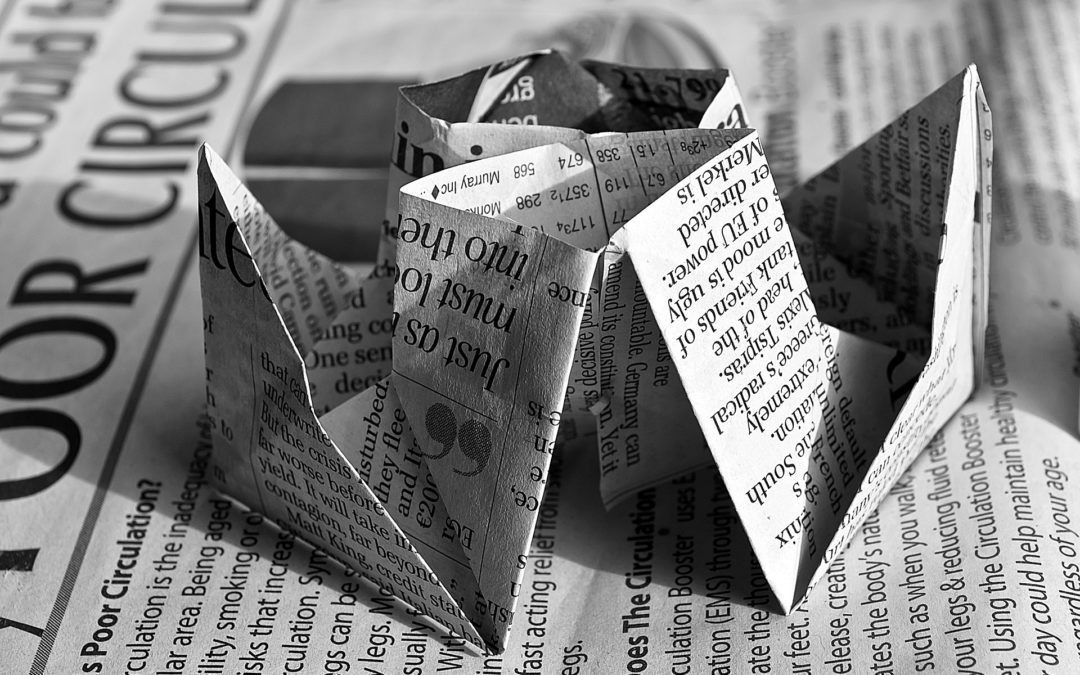No matter where you are in the country, your council will insist you separate your recyclables from your general waste before collection. Recycling has helped save thousands of trees, millions of gallons of water and provided protection for the environment, but how much do we really know about it? In this post, we will be separating a few facts from myths, and showing you the truth behind recycling.
Myth 1: Recycling Means There Is More Waste To Collect
This idea is completely false. While recycling does mean more collections and a little more effort from you, the amount of actual waste produced stays exactly the same. That’s because you aren’t buying more just to recycle it – you’re just putting the packaging for what you normally buy in a different place.
Myth 2: If It Has The Recycling Logo On It, I Can Put It In My Recycling Bin!
Unfortunately, just because it says it can be recycled doesn’t mean it belongs in your recycling bin. You see, the shame of the plastic and the number inside the triangle of arrows is what determines whether you can recycle it yourself. The numbers refer to the plastic resin, some of which are easier to recycle than others. Different recycling markets exist for different materials, and some of these materials will be separated out at landfill, rather than at the point of disposal in your bins.
Myth 3: Only White Paper Is Recyclable
Just about any type of paper is recyclable, even those glossy printed flyers that come through the door and go straight in the bin. That includes envelopes, post it notes, coloured paper, newspaper and even magazines. The only restrictions are on laminated paper (which can’t be cleaned or u-laminated) and food stained paper, for the same reason.
Myth 4: It’s OK To Just Throw Something Away If It’s Biodegradable
While buying biodegradable packaging is a great alternative to plastic packaging, that doesn’t mean it should just be thrown away. Biodegradable materials need oxygen in order to break down and decompose, but oxygen is fairly scare in a landfill. Once it does break down, it tends to produce methane, one of the more potent greenhouse gasses that contributes to global warming. Rather than throwing it away, a better solution is to recycle and reuse the materials instead.
Myth 5: Recycling Is Just As Good As Reusing
Actually, the phrase ‘reduce, reuse, recycle’ is a hierarchy. If you want to truly minimise your environmental impact, you should be looking to reduce your overall waste first, reuse as much as you possibly can and recycle everything you can’t reduce or reuse. Sending waste to landfill should be an absolute last resort! Have a compost heap for your food waste, wash and recycle all plastic containers and reuse any materials you can.
At Greenaway Group everything we do is designed with protecting the environment in mind. Our shredding service is eco-friendly and all of the materials we shred are taken directly to a recycling facility, where they are repurposed into new paper products. For more information, get in touch with us today.


Recent Comments